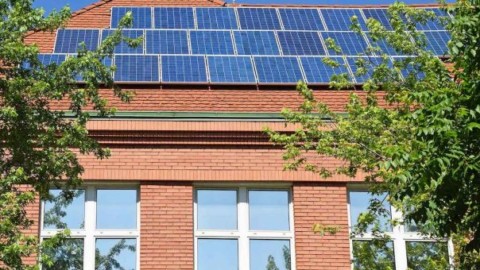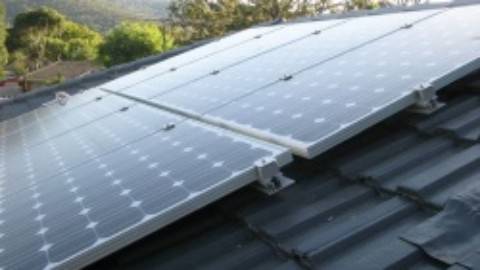A new report from the Australian Energy Market Operator (AEMO) has shown that COVID-19 only had a modest effect on Australia’s total electricity demand in the second quarter of 2020.
AEMO’s Quarterly Energy Dynamics (QED) report for Q2 2020 found that the pandemic had not had a major effect on electricity demand, despite the widespread economic impact of the pandemic.
However, the report found that lower oil and gas prices did contribute to lower wholesale prices across the National Energy Market (NEM).
As highlighted in the NEM, operational demand was down 2 per cent when compared to Q2 2019, with COVID-19 contributing to an estimated 2.1 per cent reduction and an increase in rooftop PV contributing a further 1.2 per cent reduction.
This was offset by increased heating requirements due to cooler weather, which increased demand by 1.3 per cent.
By sector, there were large reductions in commercial demand (around 10-20 per cent) and large increases in residential demand, while industrial demand was mostly flat.
AEMO Managing Director and CEO, Audrey Zibelman, said that operational demand reduced by an average of 429 MW across the NEM, with the largest reductions being observed in Queensland and New South Wales due to these regions experiencing the biggest uptake of rooftop PV and largest COVID-19 induced demand reductions.
“COVID-19’s impact is estimated to have reduced demand in Queensland and New South Wales by 4.8 per cent and 2.6 per cent respectively, while South Australia’s demand increased, mostly due to colder weather increasing electricity usage for residential heating,” Ms Zibelman said.
“NEM wholesale electricity prices fell to the lowest levels since 2015 ($32-43/MWh), driven by an increase in low-priced supply from all fuel types – lower gas and coal prices, increased hydro output due to higher rainfall, and new variable renewable supply, as well as COVID-19 related demand reductions.
“Grid‑scale variable renewable energy (solar and wind) accounted for 13 per cent of the generation mix, up from ten per cent in Q2 2019 due to increased supply coming into the system, while hydro output increased from eight per cent to nine per cent.
“Wholesale gas prices continued to fall, with the Gas Supply Hub reaching its lowest level since Q4 2015 and the Victorian Declared Wholesale Gas Market since Q1 2016. Price decreases were due to decreased demand from LNG and gas-powered generation, declining international gas prices, lower electricity prices, and increased supply.”
The report also identified NEM emissions declined to record lows, and black coal-fired generation reached its lowest Q2 level since 2014, due to reduced demand and displacement by lower-priced generation.
“Pleasingly, NEM system costs returned to typical quarterly levels of around $60 million compared to $310 million last quarter, following record levels due to major power system separation events relating to severe weather and bushfires,” Ms Zibelman said.
In Western Australia’s Wholesale Electricity Market (WEM), COVID-19 had no overall demand impact, but shifted consumption from the morning to evening peak.
However, a combination of higher average temperatures and continued uptake of distributed PV, resulted in average operational demand decreasing by 8.2 per cent compared to Q2 2019.
Further, a new record minimum demand for Q2 was set, with operational demand reaching 1,155 MW on Sunday, 26 April.
View the full Quarterly Energy Dynamics Q2 2020 report here.















